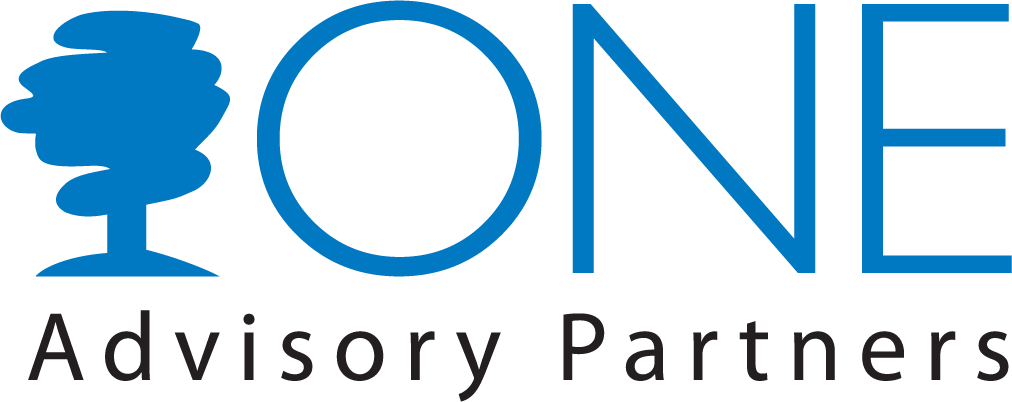How Employers can Help Improve the Financial Wellness of Minority Employees
In recognition of Minority Mental Health Month, it’s important to note this imbalance in minority preparedness for retirement. In order to alleviate the financial stress of your employees, certain steps can be taken in order to increase their financial health.
The retirement savings gap is widening in the United States, increasing the distance between white and non-white retirement savings amounts. According to USA Today, the median amount saved for a white household in 2013 was $76,300. The median amount saved in a non-white household was only $23,200. On top of this, the disparity in wealth is growing in addition to the difference in pay.
The pay gap and wealth gap are one of many reasons that minorities enter retirement with far less savings than white Americans, on average. A recent report by Financial Finesse sought to analyze financial wellness of employees with diverse backgrounds. This report found a disproportionate amount of employees who were struggling financially to be minorities.
Among the 38,302 employees surveyed in 2016, 26 percent of African Americans and 37 percent of Hispanics reported having emergency funds, while 55 percent of whites reported having these funds. Of those surveyed who had incomes under $60,000, only 46 percent of African Americans said they have a handle on their cash flow compared to 68 percent of whites.
Offer Advice
One important step is to offer financial advice to your employees. Most employers offer 401(k) or 403(b) retirement plans that require employee participation in order to make investment selections. Often, employees can feel ill-informed about these decisions. By providing financial advice to your employees, they can make smarter decisions to invest in their futures.
Adapt Wellness Programs to Different Audiences
The location of wellness seminars in addition to who is delivering the seminars is important. Most companies offer their programs at the worksite in order to accommodate employees. Some companies are also using nonprofit organizations to explain 401(k) or 403(b) plans, which can appear more personal and less like a sales pitch according to Forbes.
Employers could also consider making their financial wellness programs available to more than just employees. If these seminars are available for family members as well, everyone can be more financially informed.
Lastly, eliminating “financial speak” can help engage employees and family members and foster a more wholesome, easily understood program. Furthermore, if your employee demographic is heavily hispanic, you could consider delivering program in Spanish in order to be more accommodating to your employee base.
Provide Resources such as Financial Planners
Allowing minorities the opportunity to sit down with a financial advisor can increase their understanding of what is available to them. A number of minorities are unaware of tax penalties for withdrawing from 401(k) plans. The Financial Finesse report found that 58% of African Americans surveyed have withdrawn retirement loans, while only 34% of whites have withdrawn.
In summary, the more financial educational tools that are available, the greater the chance of financial wellness for your employees. By optimizing your wellness programs, employers can help remedy this lack of retirement preparedness for minorities.

